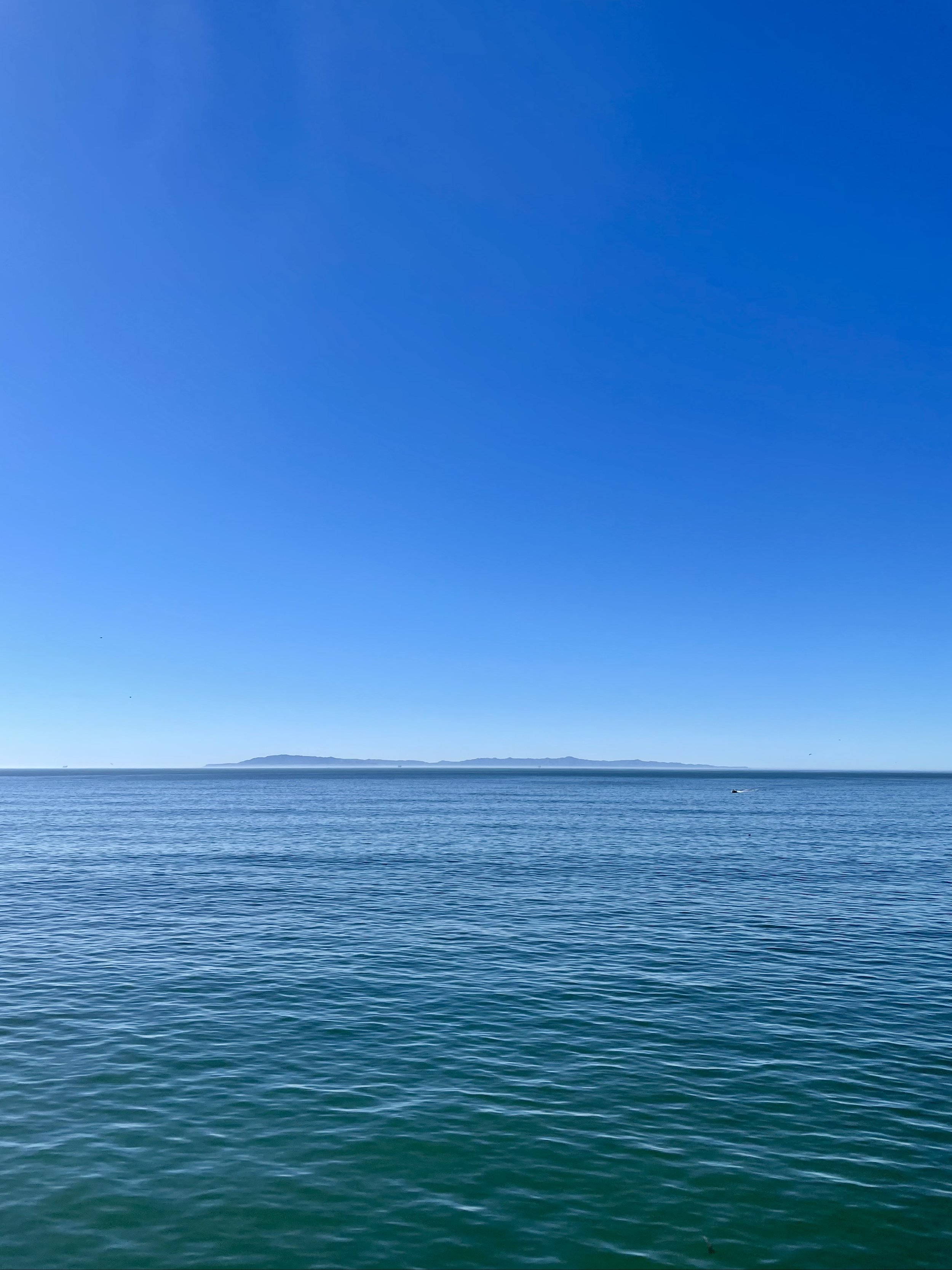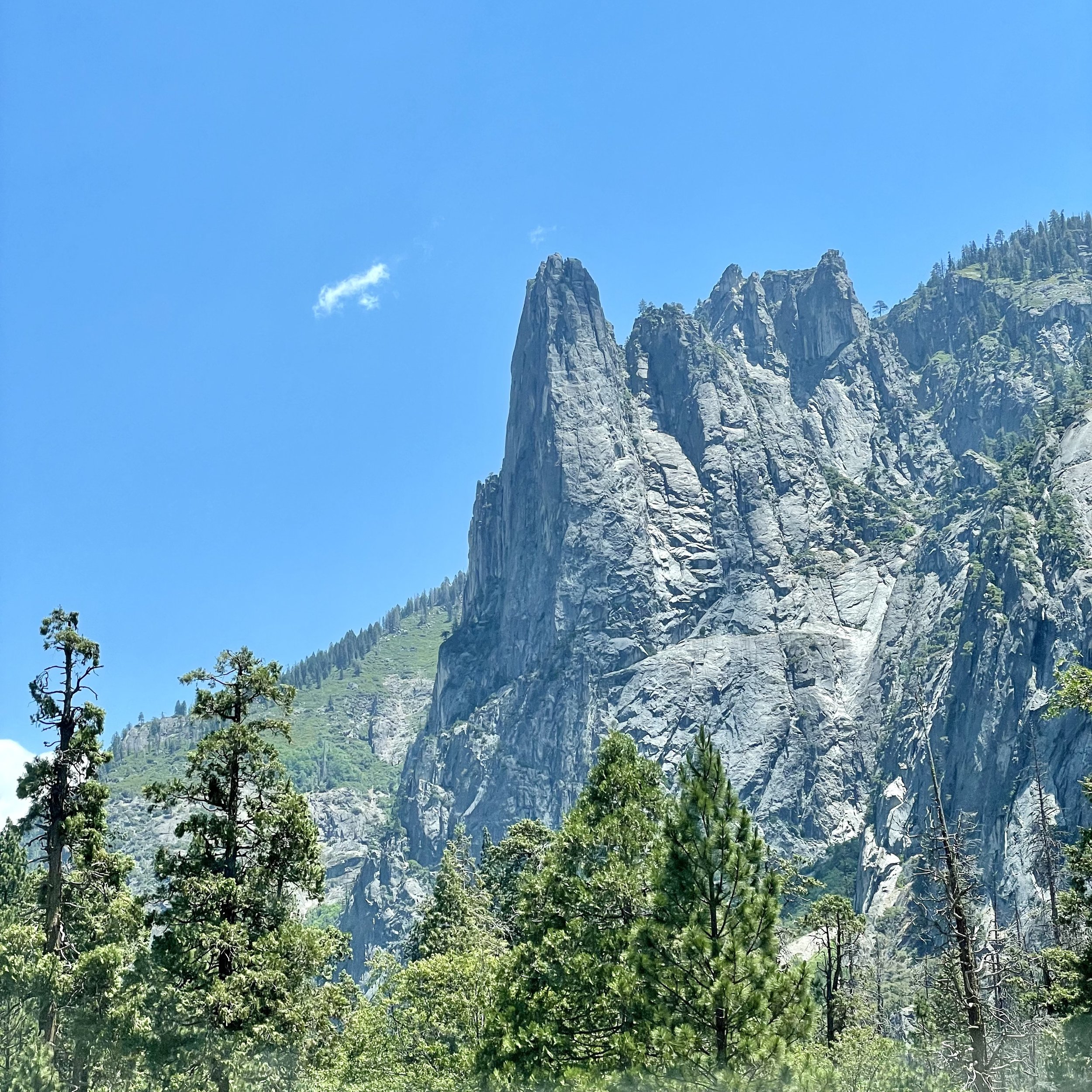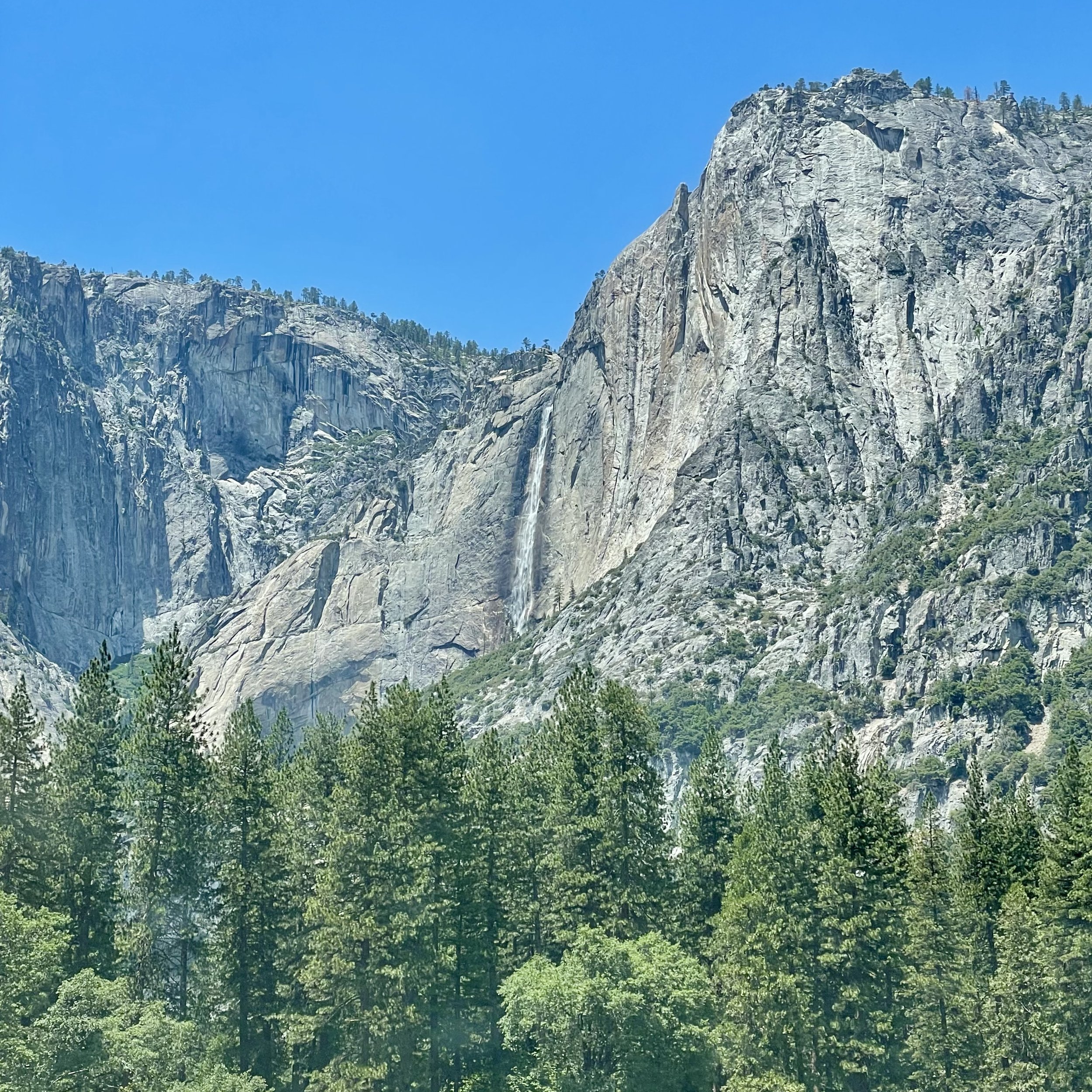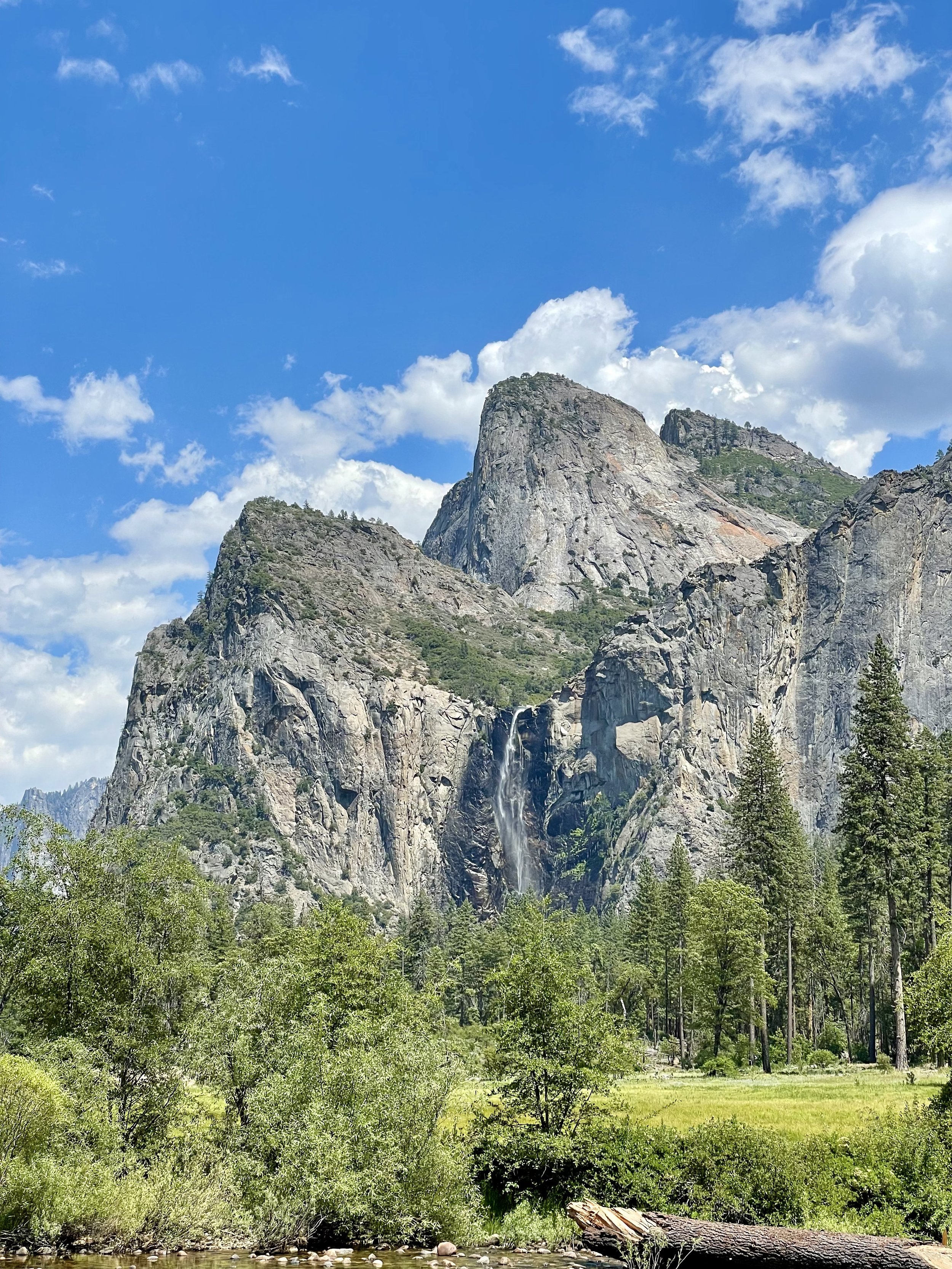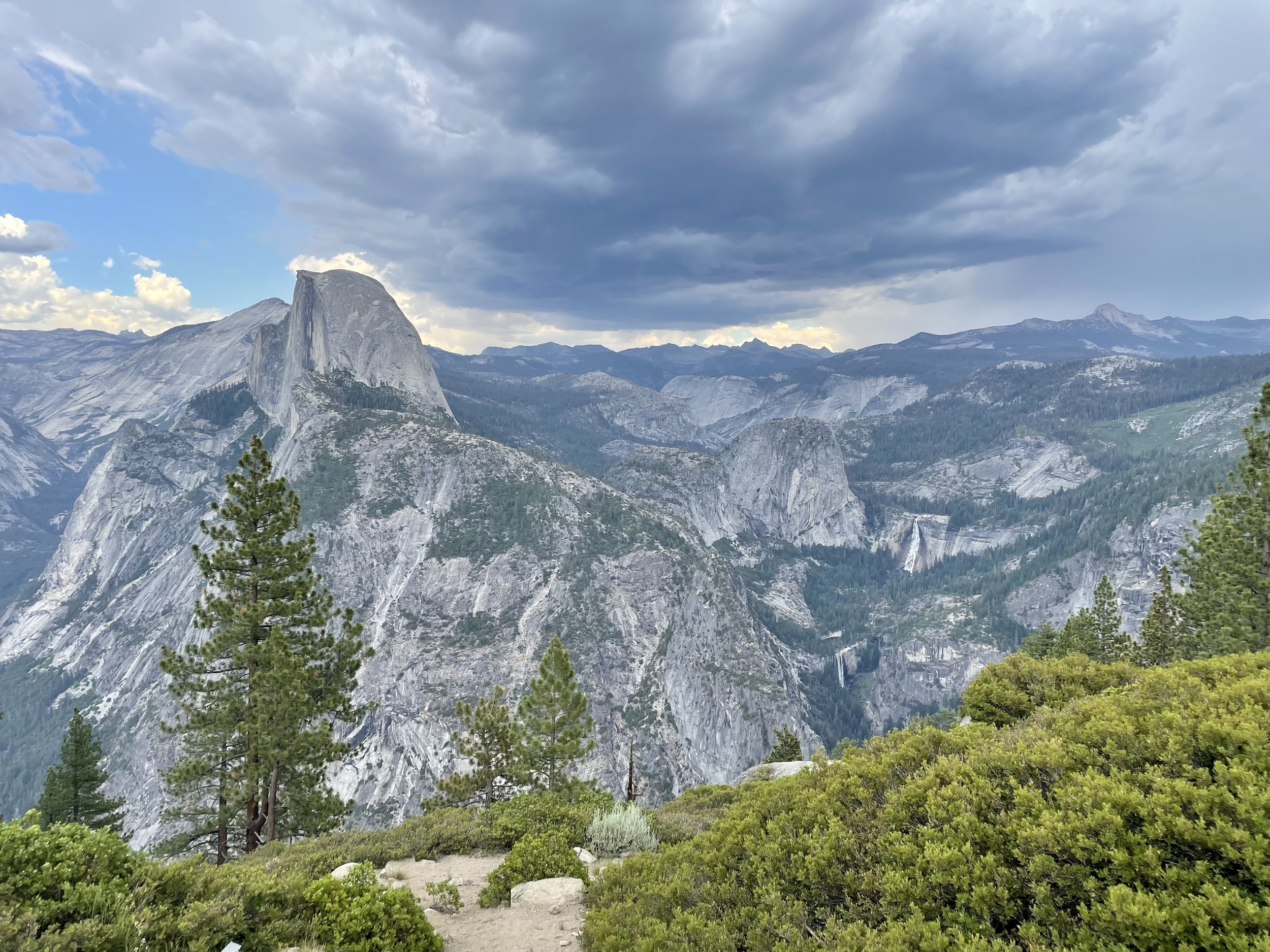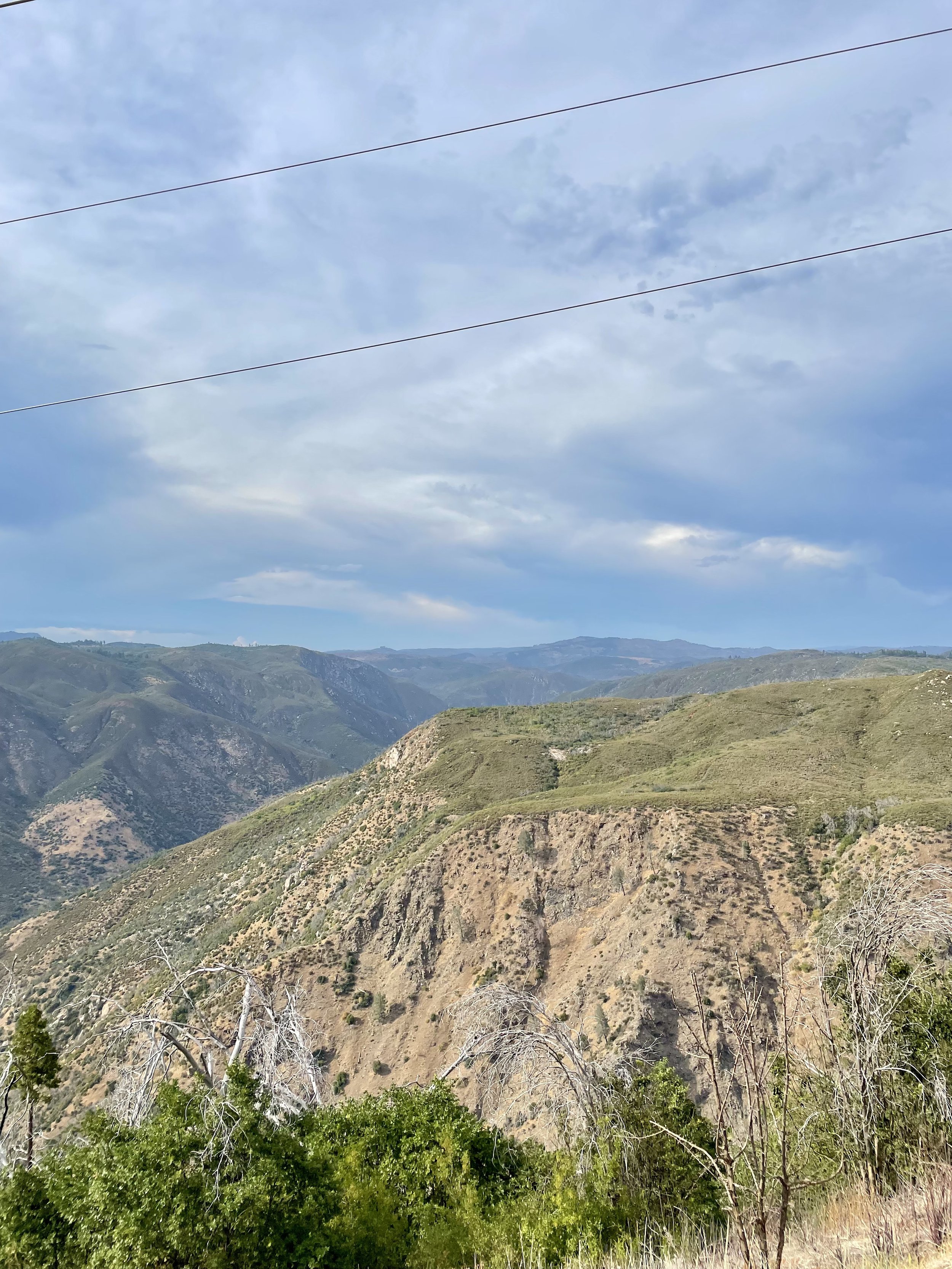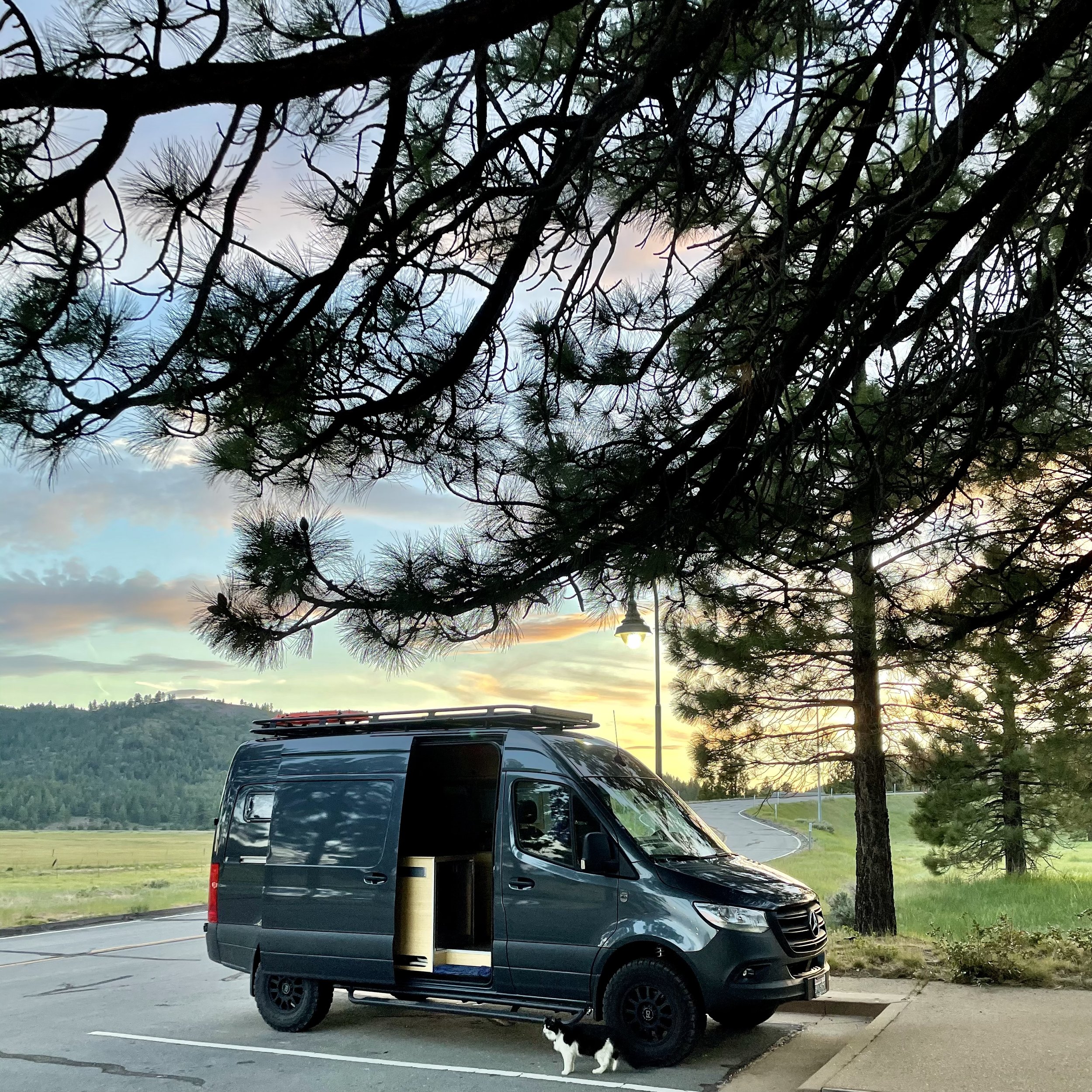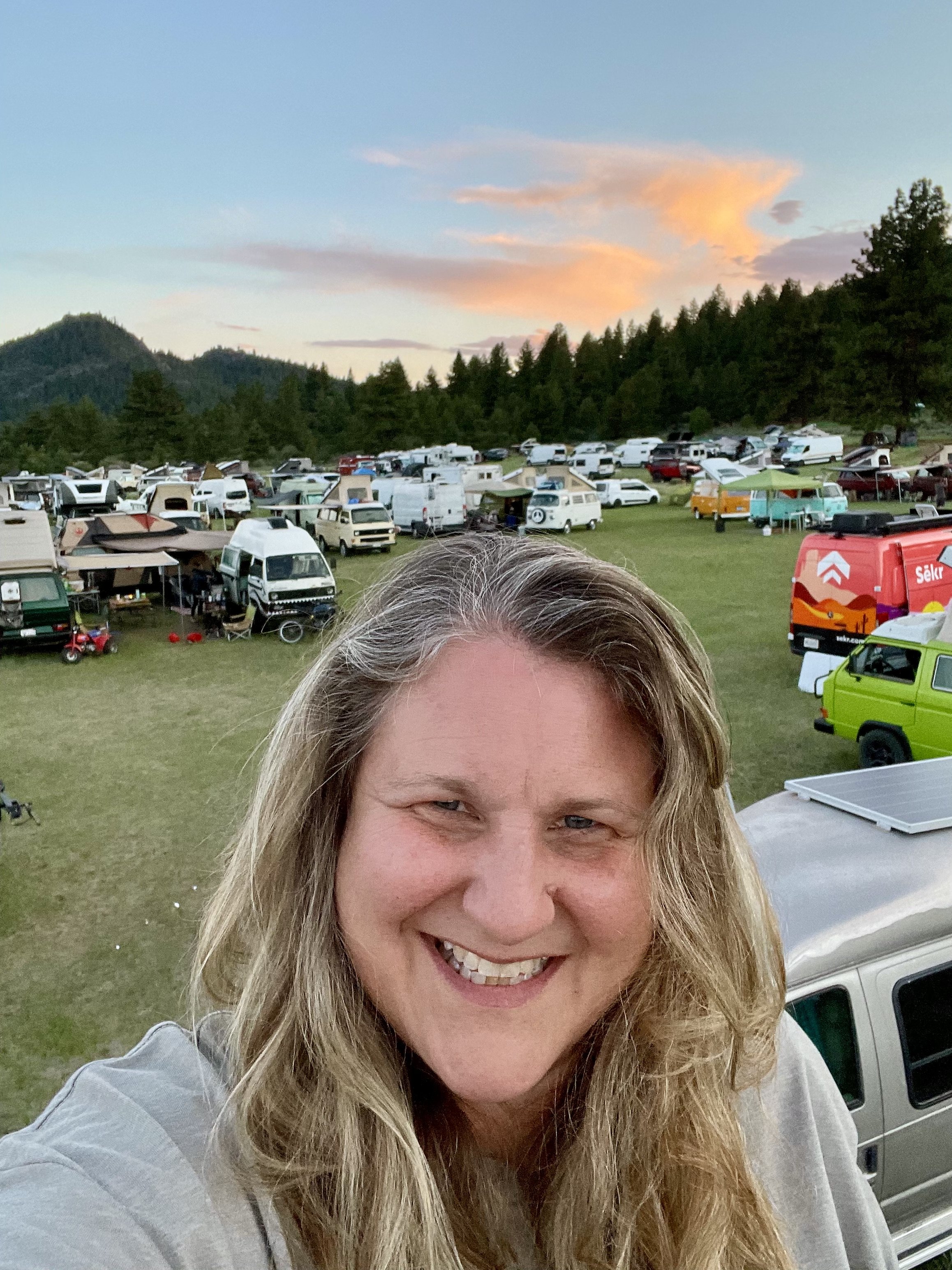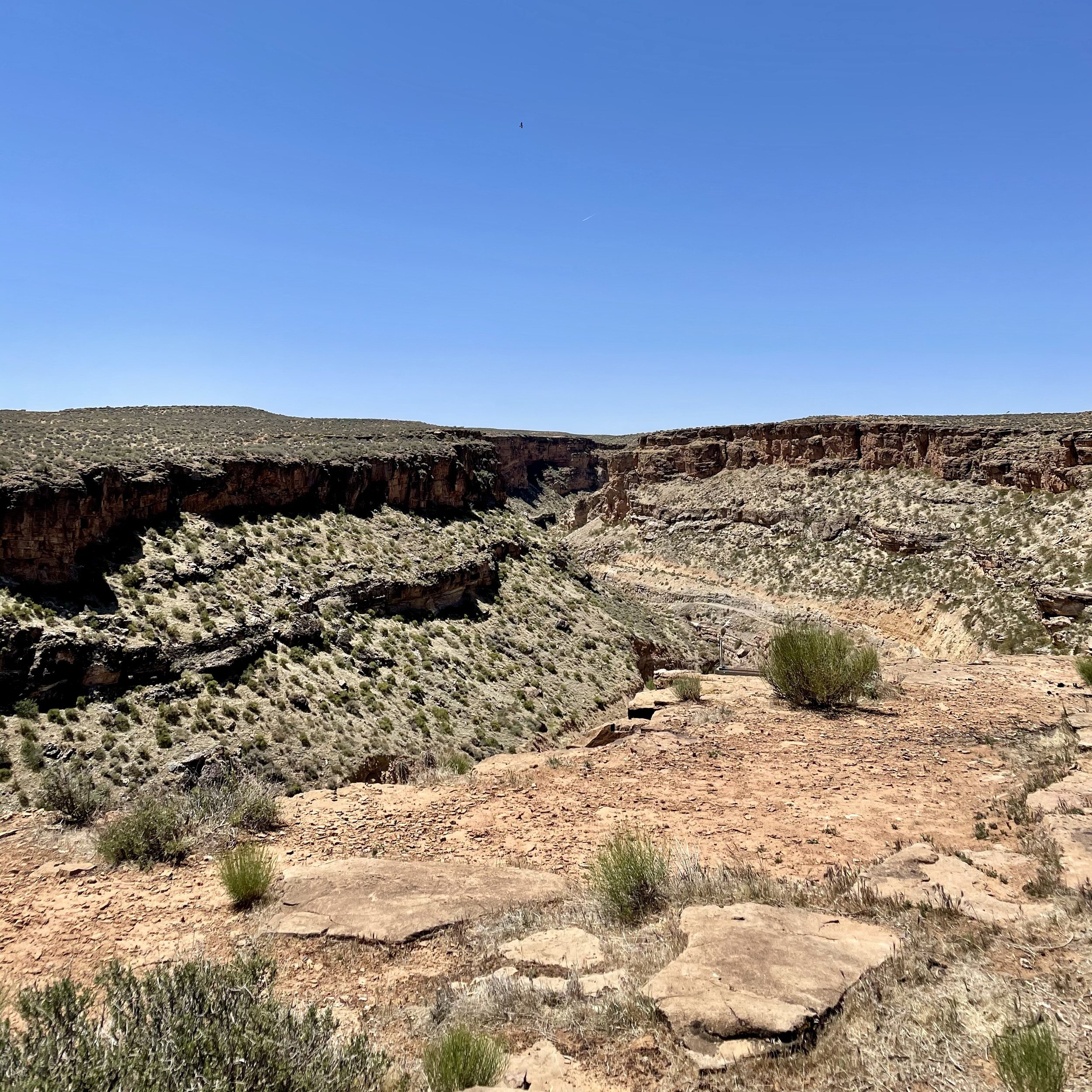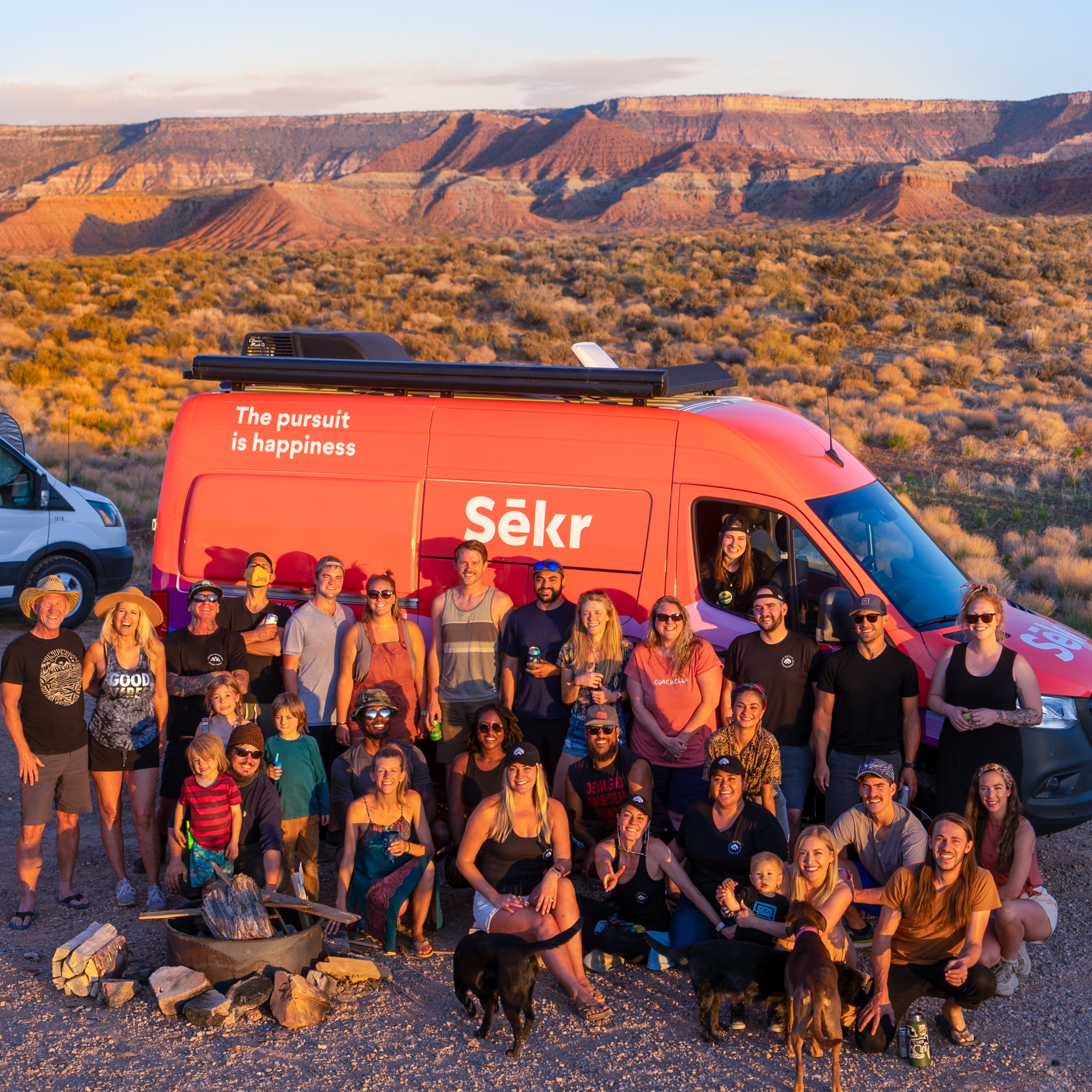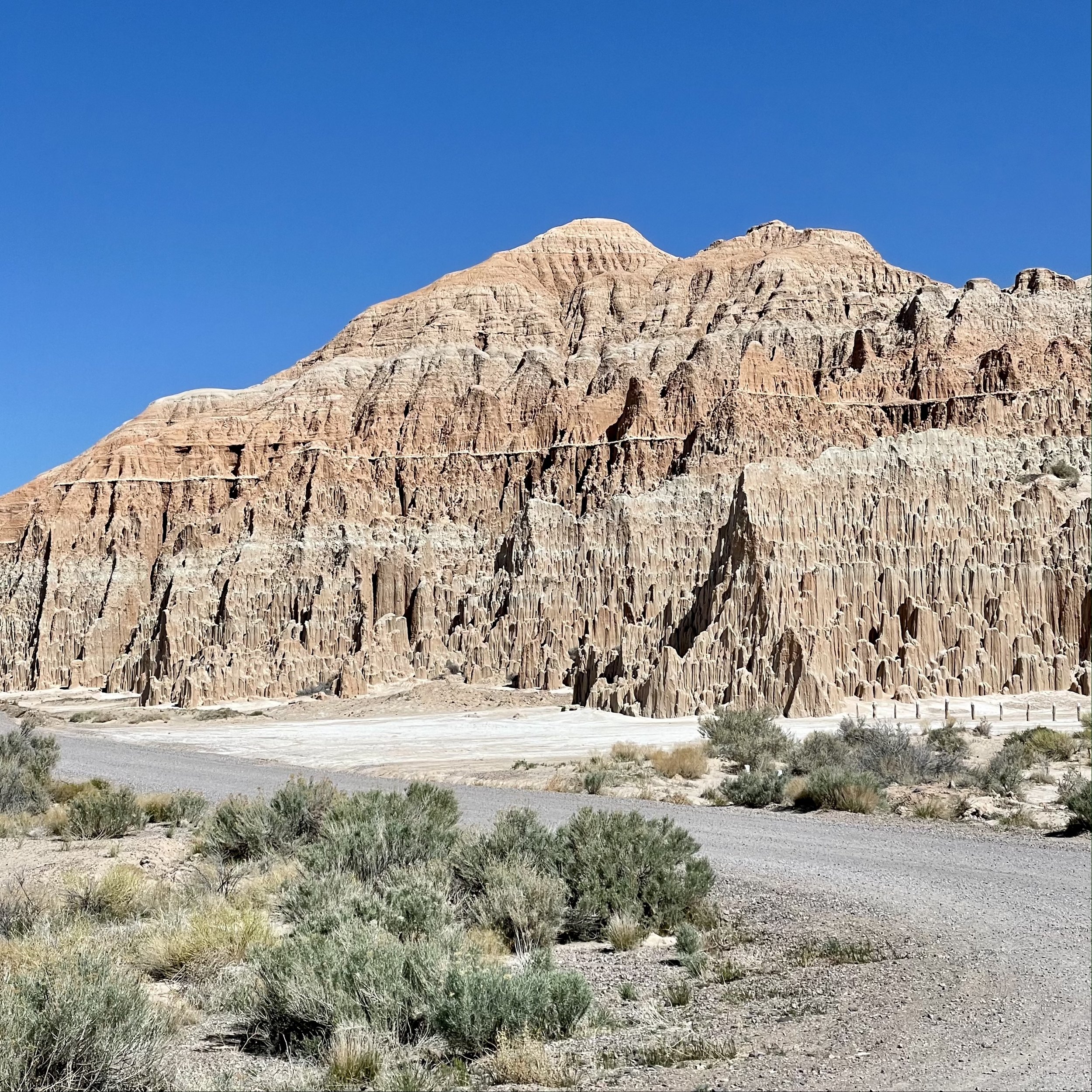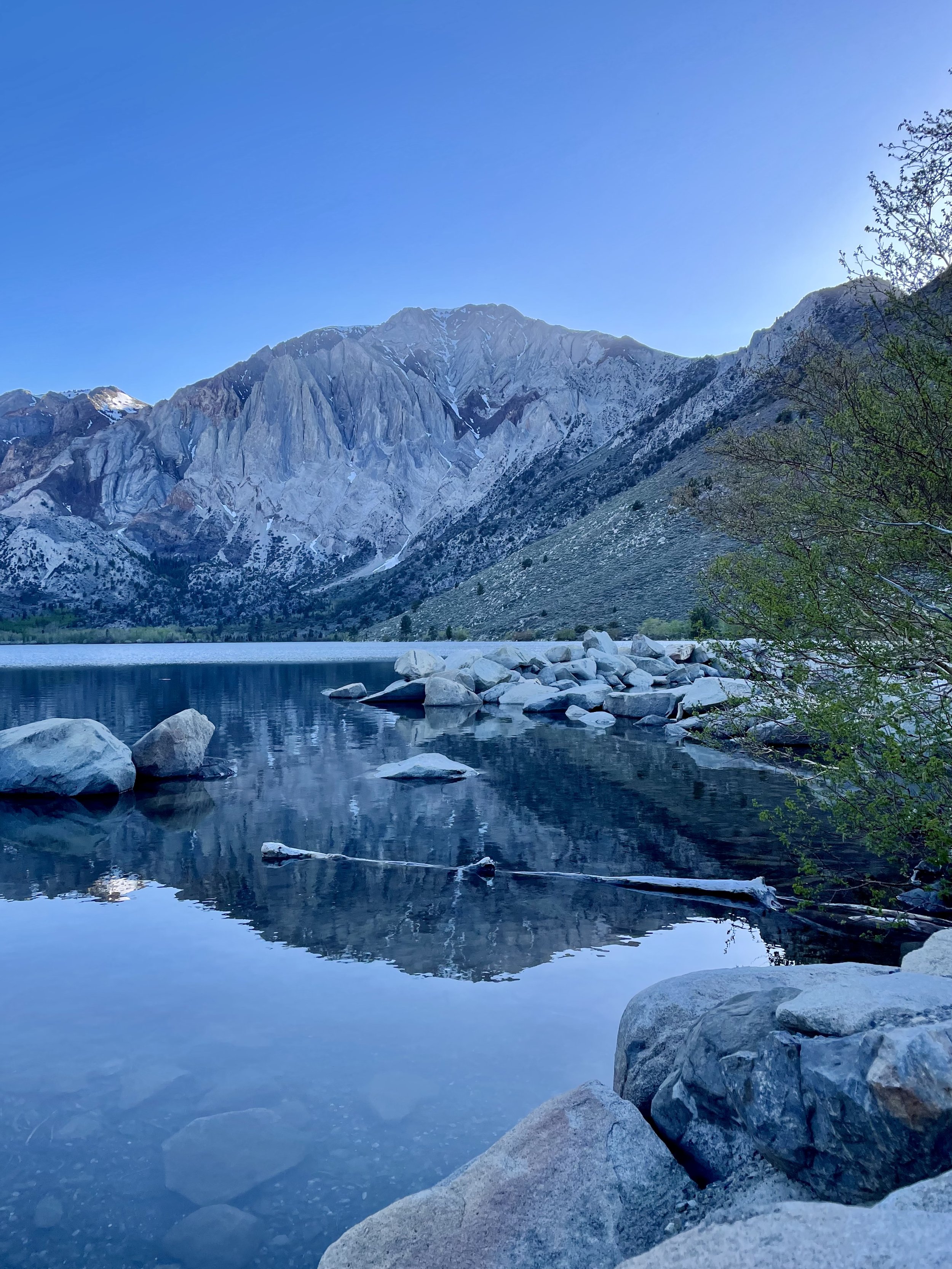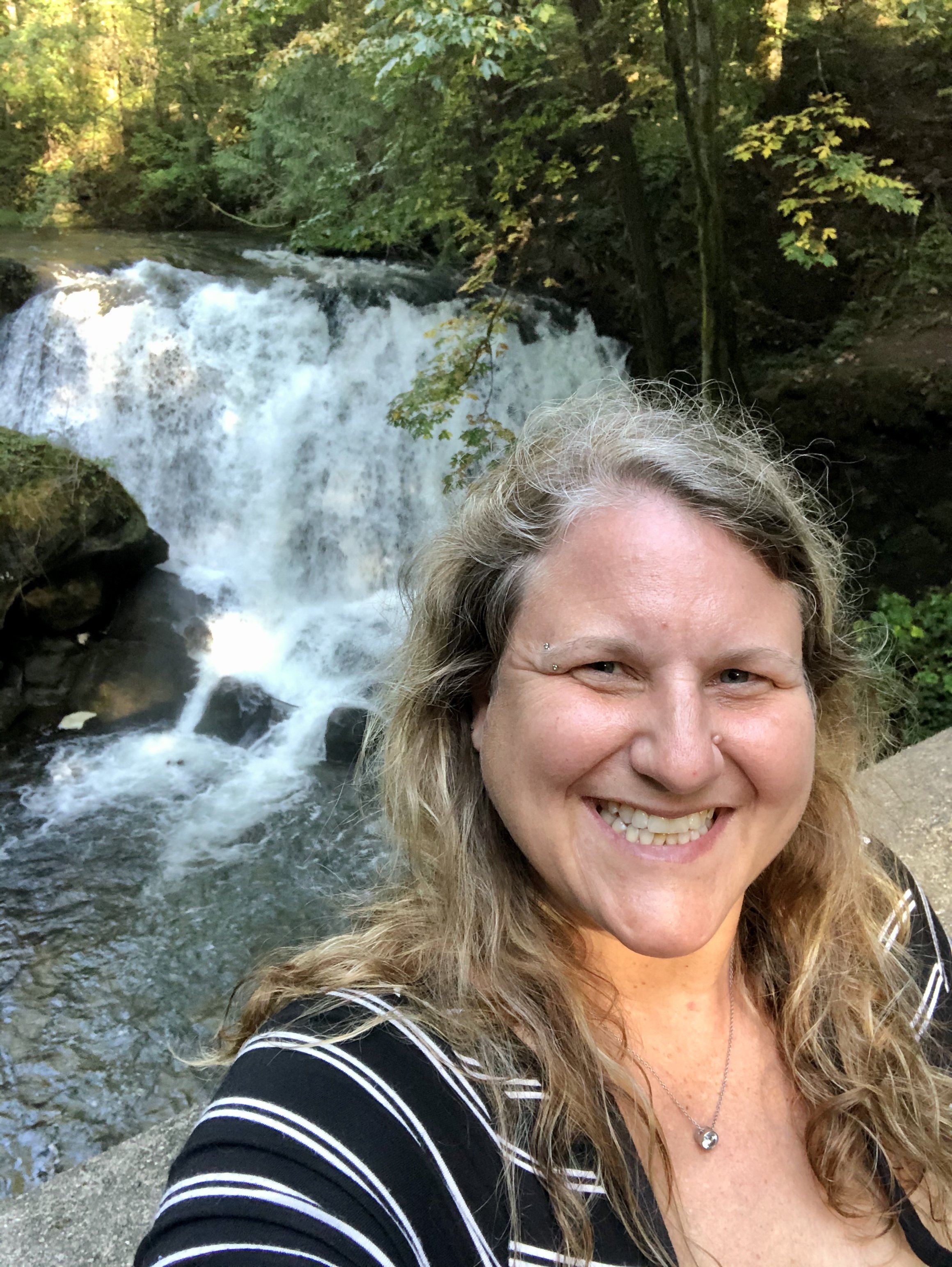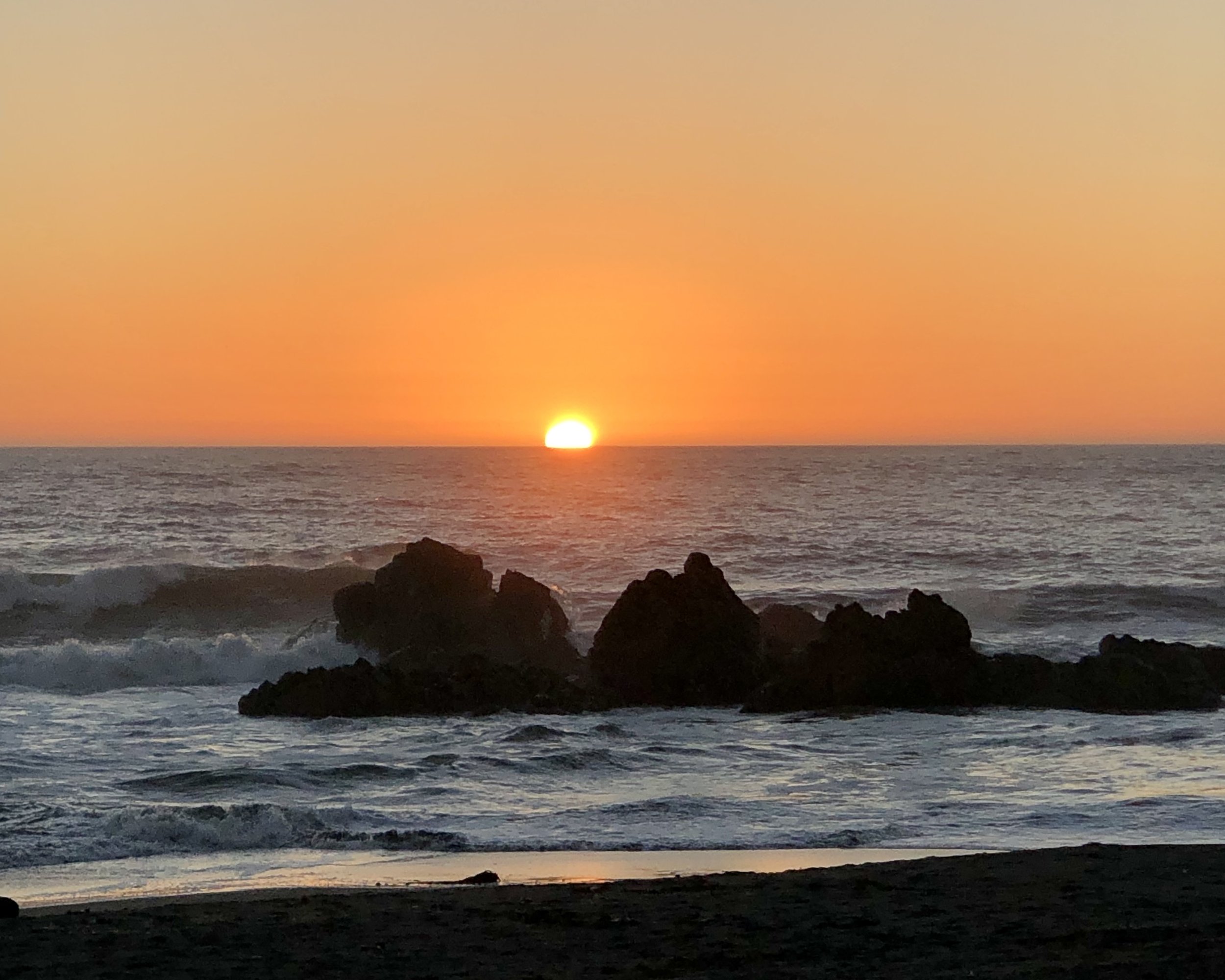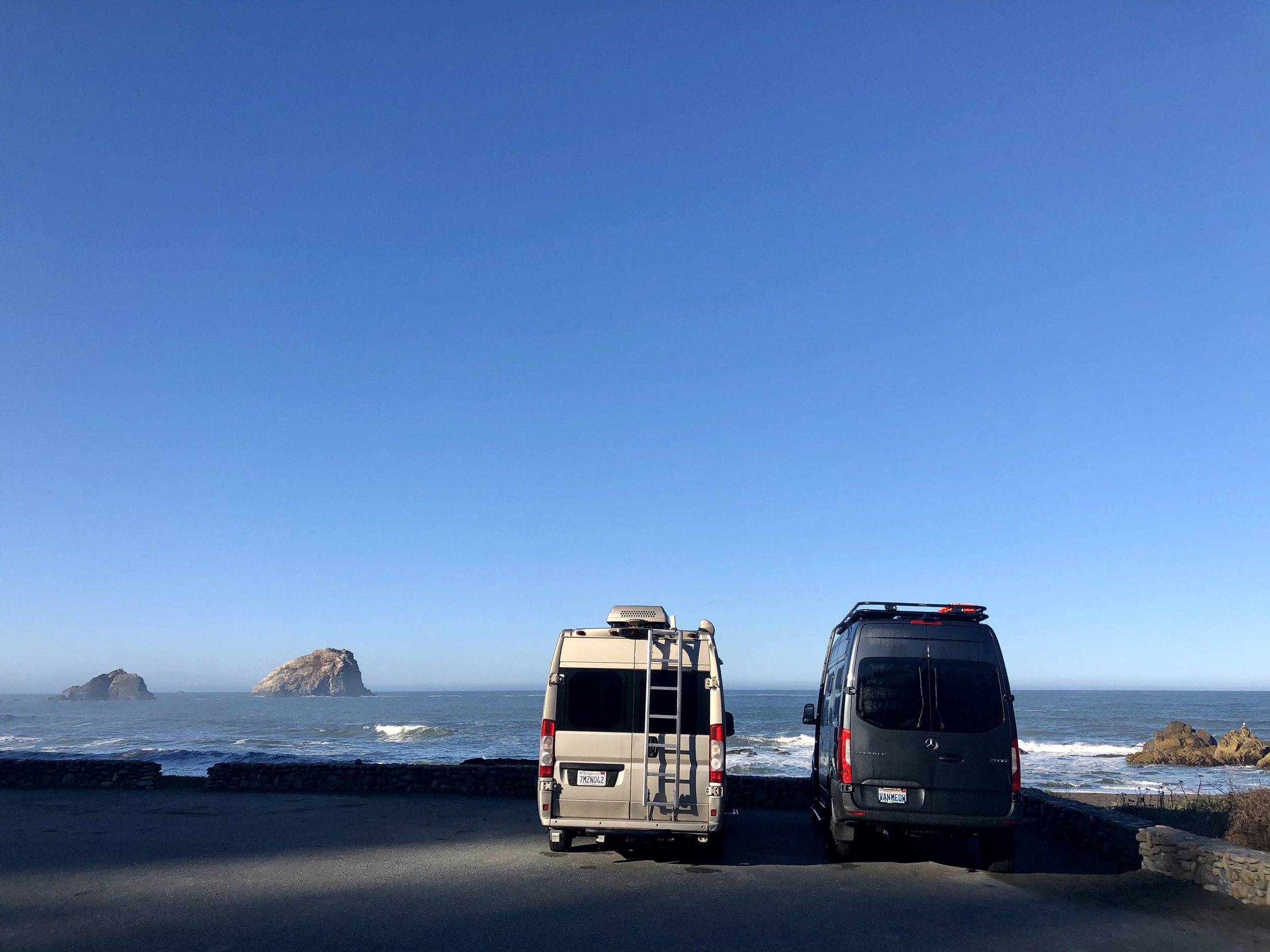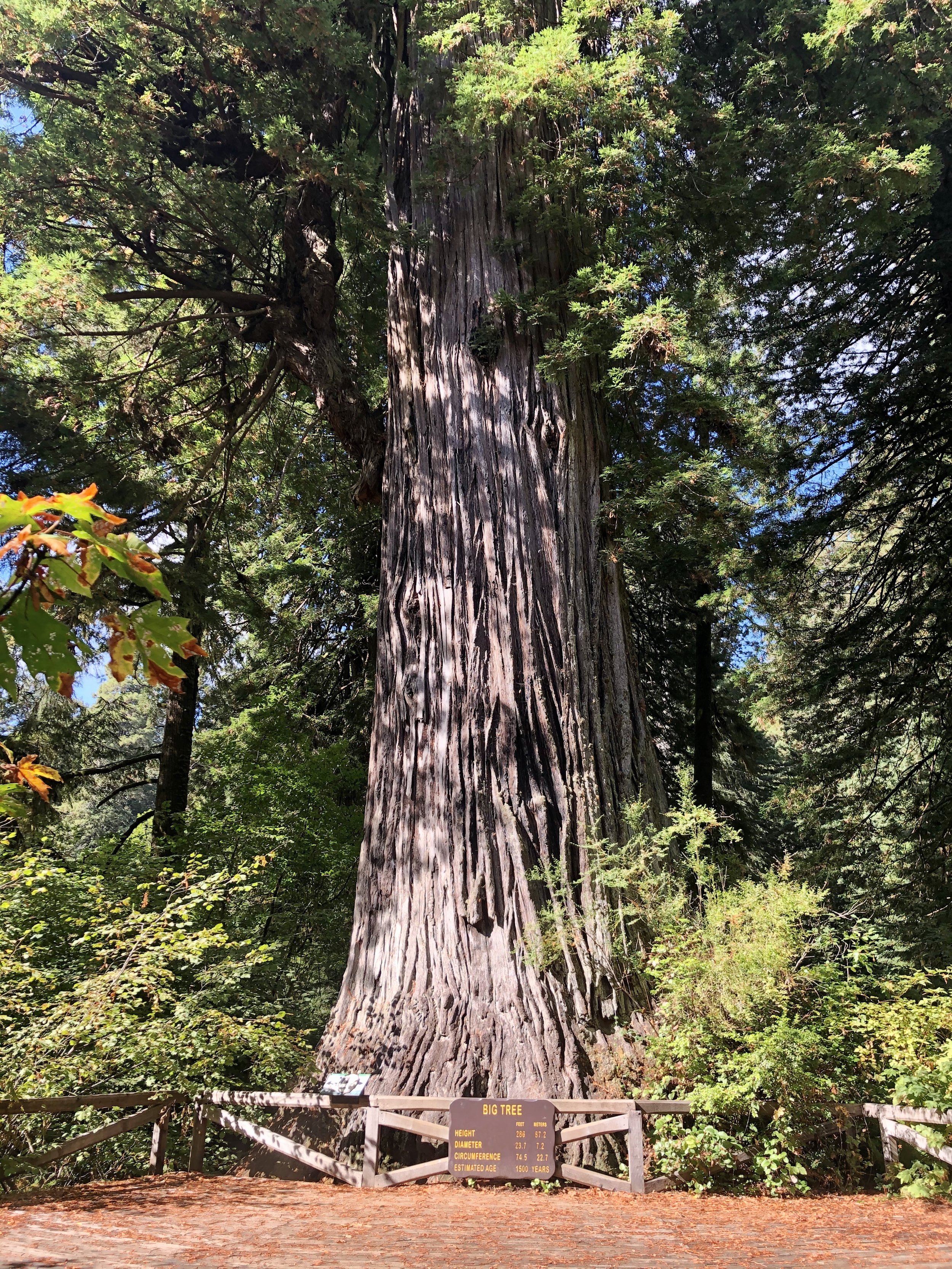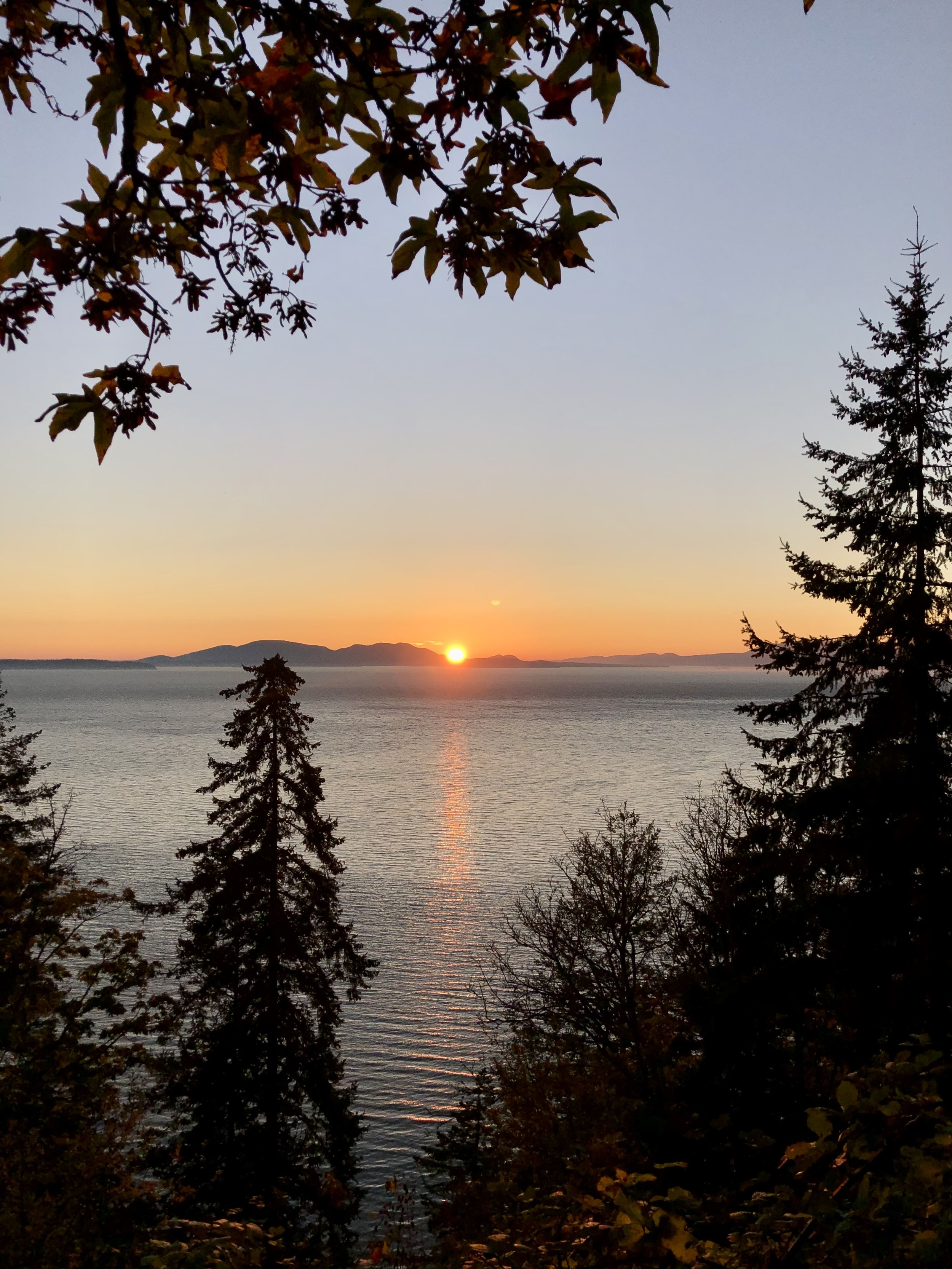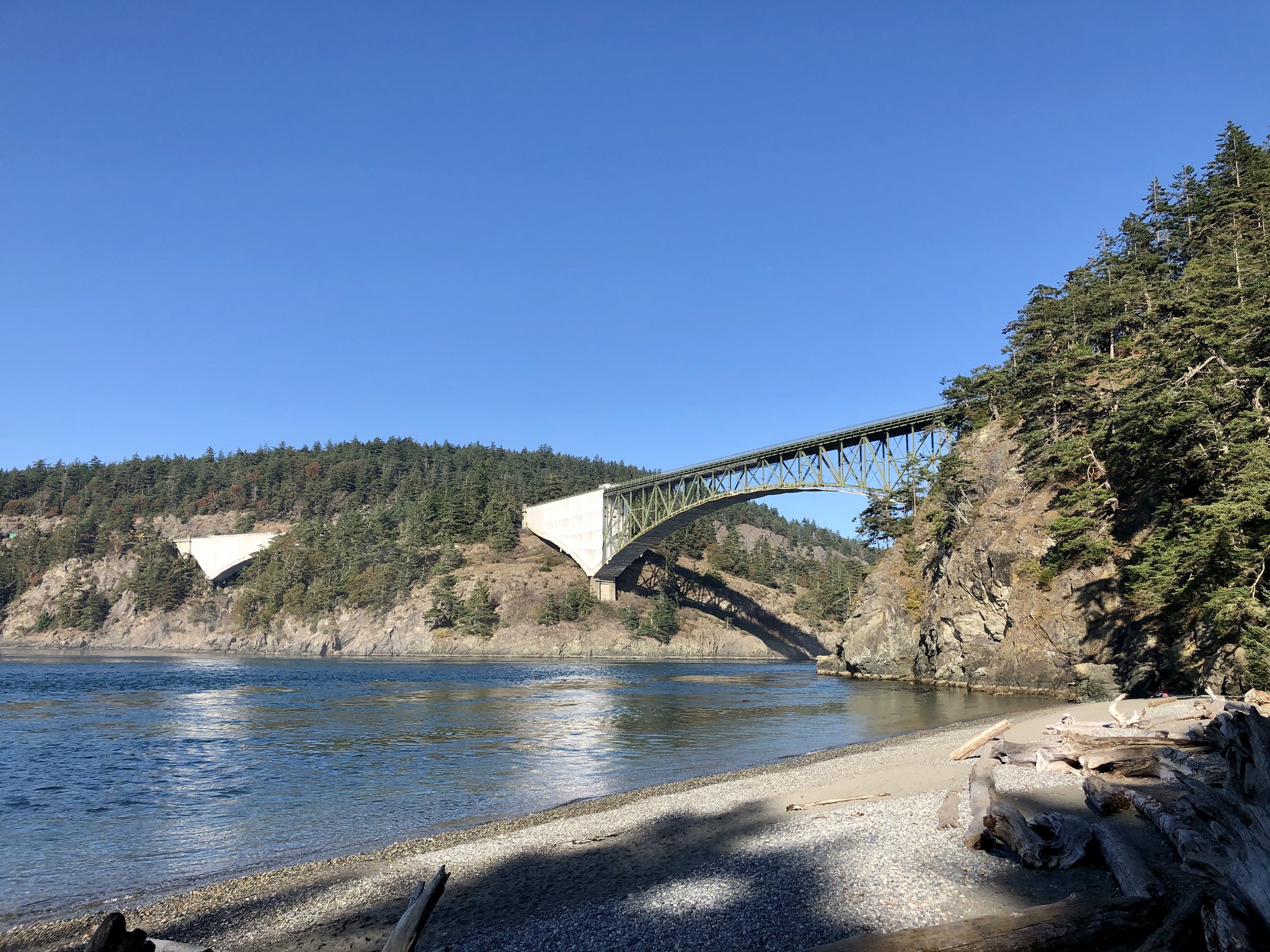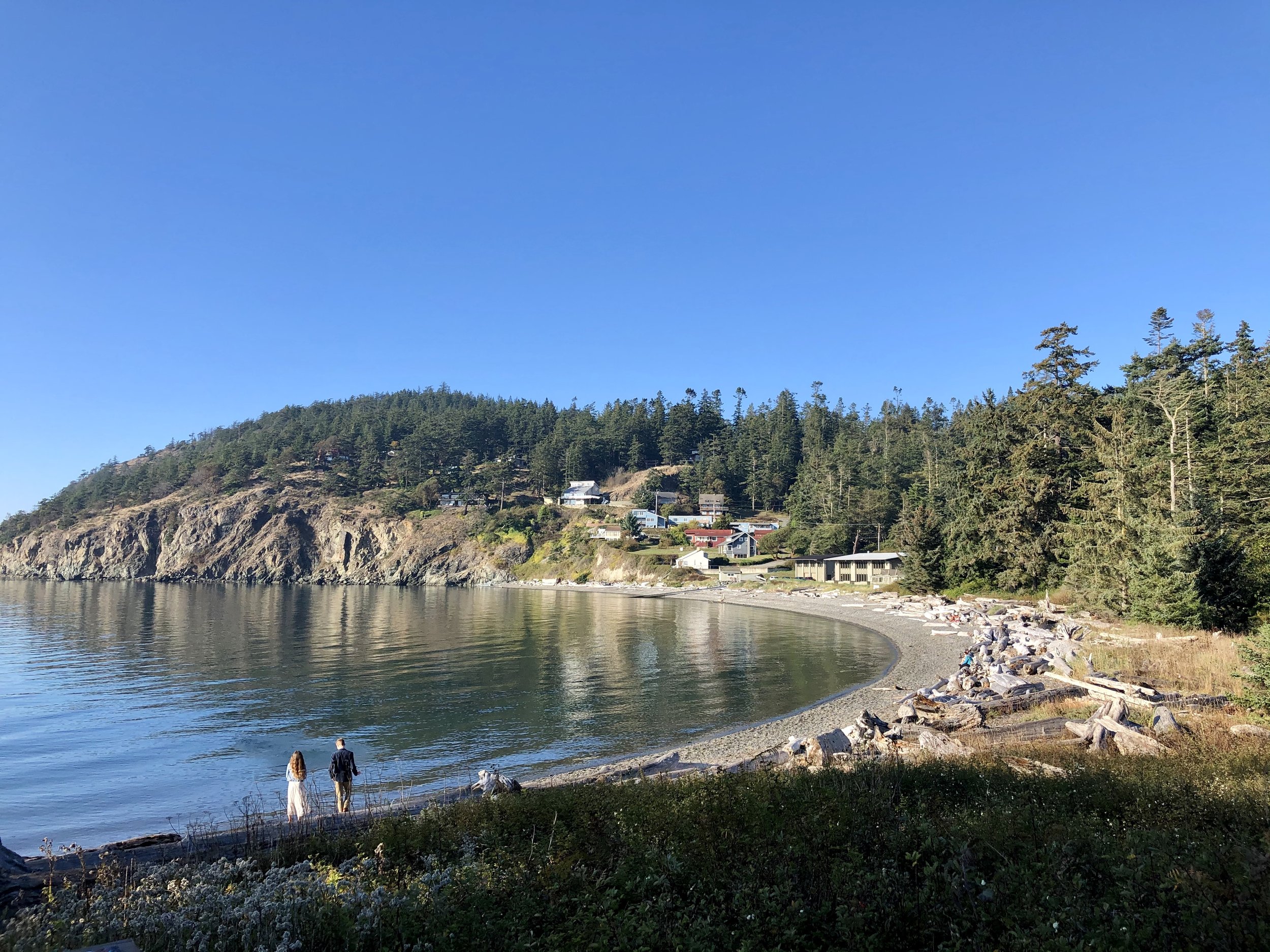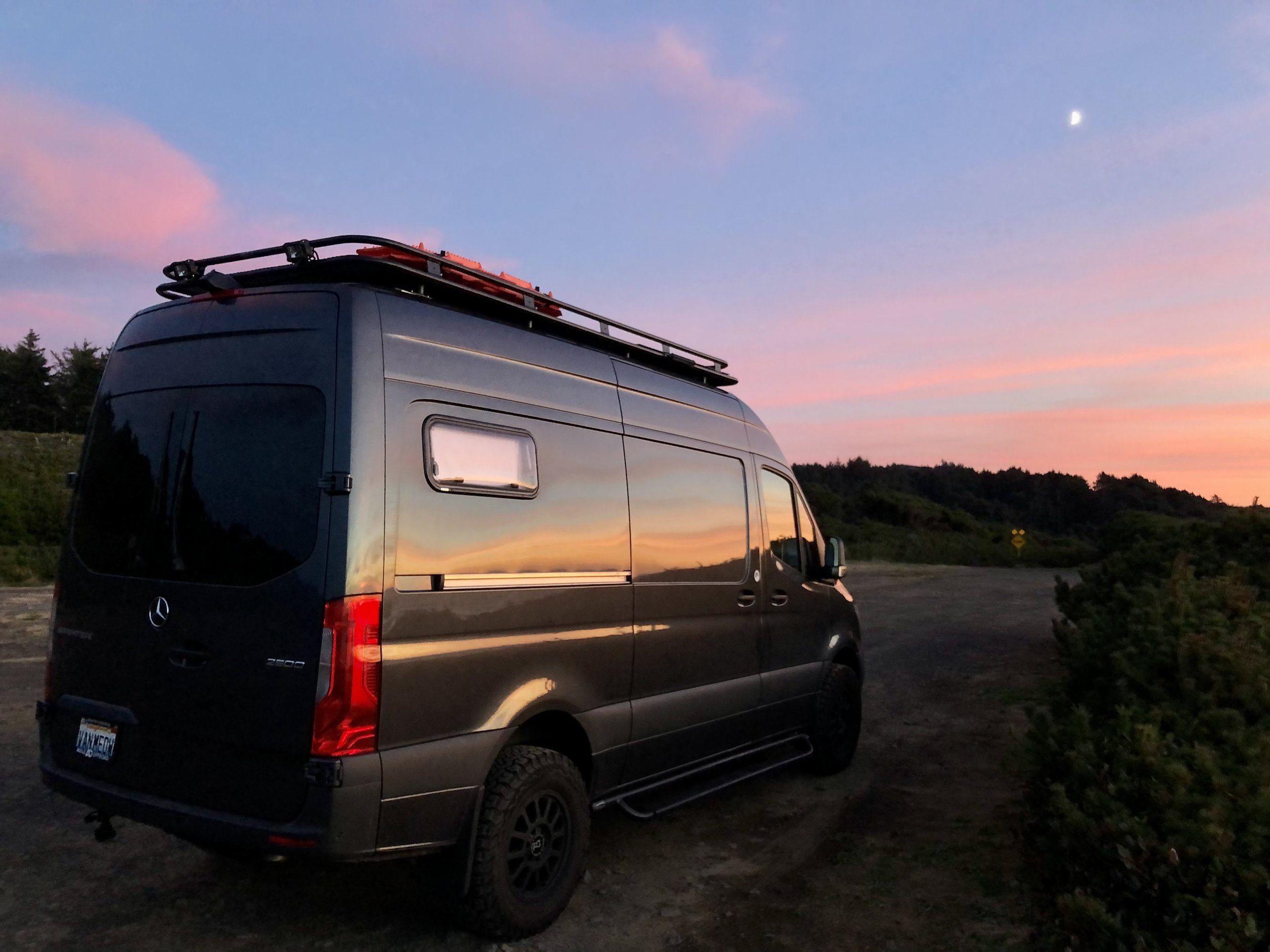I had the pleasure of visiting Ventura in November 2021. My good friend Dylan and his family live there and he invited me to check out his hometown since I had shown him where I live just two months prior. I have driven through Ventura many times when I lived in California, but I never actually stopped and explored this historic coastal city located just 30 minutes south of Santa Barbara and an hour or so north of Los Angeles. Turns out Ventura is Southern California’s whispered secret, a real deal surf town with empty beaches that call to surfers, swimmers, kayakers, and beach-lovers who just want to relax.
There is a lot of history in Ventura as well, starting with the Chumash, a Native American people who have deep roots in central and southern coastal regions of California. Archaeological records found that the Chumash village they encountered, known as Shisholop Village, was settled sometime around A.D. 1000. Then came the Spanish Era, in which Junípero Serra, first leader of the Franciscans in California, founded Mission San Buenaventura in 1782 as his ninth and last mission as part of Spain's colonization of Alta California. Ventura is officially named San Buenaventura due to this colonization and many historic elements and architectural design from this era are still visible throughout the city.
I flew into Santa Barbara airport on the evening of November 12th and Dylan was gracious enough to pick me up. I was craving In-N-Out Burger as we don’t have this delicious burger chain in Washington yet. Then we headed to his place where I finally met his sister Sage whom I’ve heard so much about and her boyfriend Ardi. We enjoyed a long soak in their hot tub until bedtime. The next morning Dylan took me to the Ventura Pier, formerly known as the Ventura Wharf and the San Buenaventura Wharf. This historic wooden pier is the oldest pier in the state originally built in 1872. A $3.2-million renovation in 1993 has restored its original grandeur and then some. It now features interpretive display panels, a snack bar, benches, restrooms, a full-service seafood restaurant with a gift shop and spectacular views of the Channel Islands, coastline and mountains. We also took a walk on the beach where I dipped my feet in the Pacific Ocean, which felt amazing warm considering it was the middle of November and the temperature was 84*F that day!
We met up with Sage and Ardi at their favorite Mexican restaurant for lunch, another craving I needed filled on this trip since Bellingham’s Mexican choices are a bit lackluster compared to California. Then we headed into the hills to Grant Park, more specifically the 1-acre Serra Cross Park within it, another historic spot. In 1782, Franciscan Father Junipero Serra raised a wooden cross on the mountain overlooking his newly established Mission San Buenaventura. Once used as a landmark by mariners at sea, the cross now rests within the 107-acre park, though the current cross is not the original one erected. I highly recommend reading its history and how the current wooden cross survived a destructive Thomas Fire in 2017. This historic cross and the circular stone pedestal around it is a well-known local spot for weddings and events. There was actually a wedding in progress while we were at the park, so I didn’t have the opportunity to see the lovely stonework and cross up close, but I still enjoyed the spectacular panoramic seascape views of Ventura below and Anacapa and Santa Cruz Islands in the distance. It is definitely “a lovely place to swim in the sky” as the Ventura tourism site states. I also enjoyed the view of the valley and hills to the northeast from the park, plus we took a great selfie on this beautiful sunny day!
While Dylan was visiting me a few months earlier, we tried to get tickets for the Van Gogh Exhibit in Seattle but sadly there were no tickets available. He surprised me with tickets to the Van Gogh: The Immersive Experience in Los Angeles and I was beyond excited to finally see this wonderful exhibit everyone was raving about! After a failed attempt to watch the sunset from Griffith Observatory due to heavy traffic, we grabbed some Thai food for dinner and then headed to the expo hall. There was an hour to kill before they would let us in, so we walked around the surrounding city blocks taking some fun photos and grabbing a drink at a lounge.
Then we headed back to the venue and immersed ourselves in the 20,000 sq. ft. light and sound spectacular exhibit featuring two-story projections of the artist’s most compelling works. Words cannot describe how beautiful and amazing this experience was! The whole presentation from the entryway to the various informational displays and into the great hall were incredible. We first watched the projections in a smaller mirrored room, then headed into the larger hall and watched the whole presentation a second time from one of the benches. I was in complete awe and bliss, loving every minute of the artistic display with the perfect soundtrack! I honestly think I could have spent another hour or two watching it over and over again from different spots as where you sit can really influence what you can see. I highly recommend this experience if you haven’t done it yet.
We went to Solimar Beach on my last day in Ventura to take in the sun and relax along the ocean. This beach is next to the small seaside gated housing development along Pacific Coast Highway (Hwy 1) about four miles north of downtown. There is ample parking along the highway and spots to climb over the concrete wall to access the sand. I’ve been to Emma Wood State Beach on a prior road trip, but never ventured north to Solimar before, which really gave me a new perspective on how much beach access there really is. While Dylan took a nap, I walked a good chunk of the long beach all the way to the homes and back, taking in the ocean air and warm weather. That evening we headed to Downtown Ventura, walking around a bit so I could see all the shops, bars, lounges, and restaurants. We choose a great Indian place for dinner and then headed home as I had an early flight home the next morning. Despite being a quick weekend trip, I had an amazing time with my wonderful friends in Ventura and hope to visit again!







